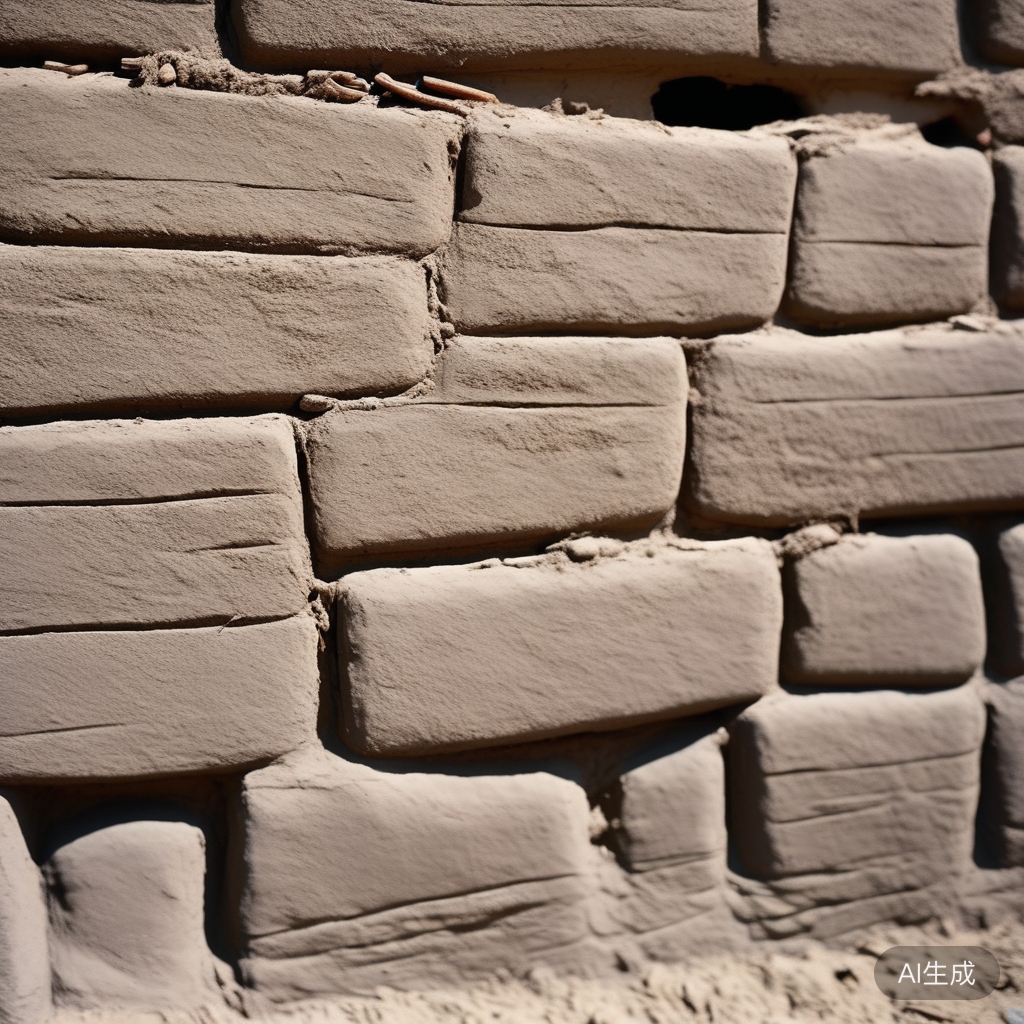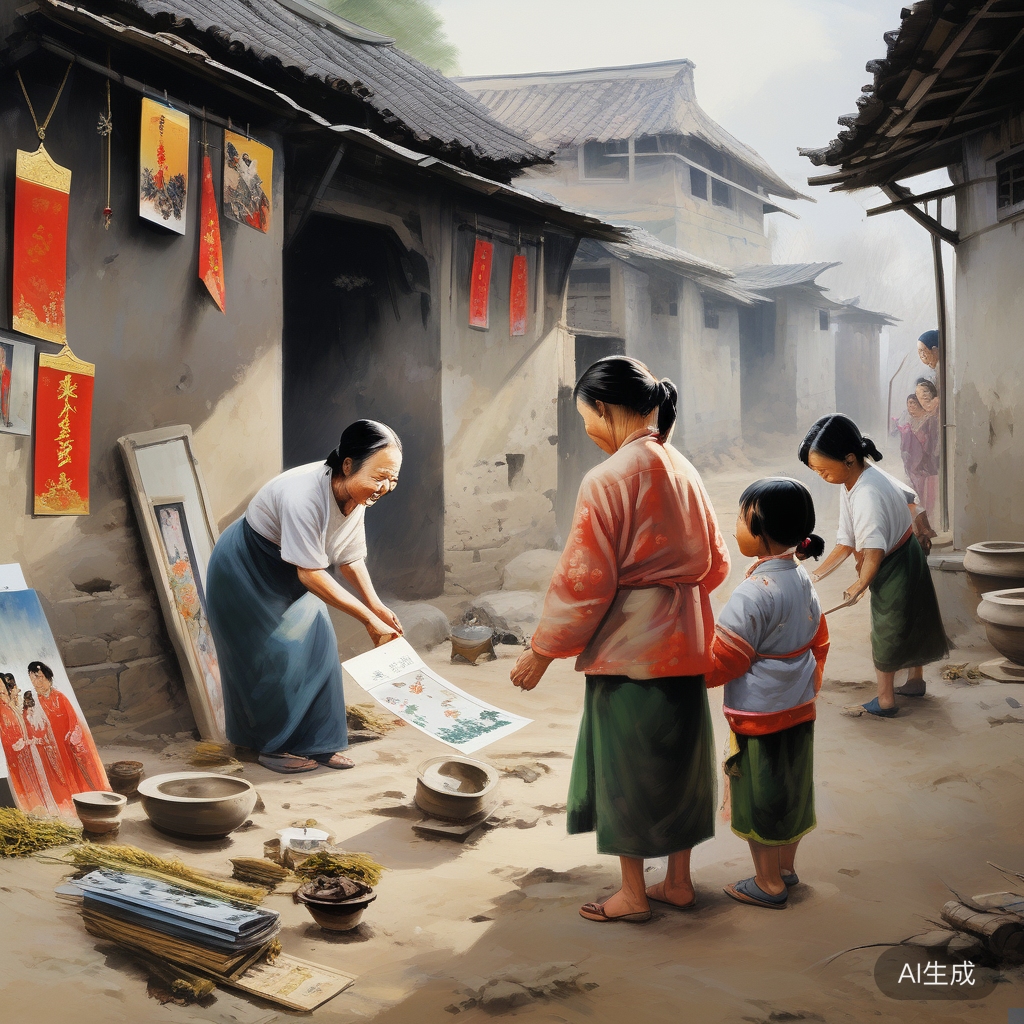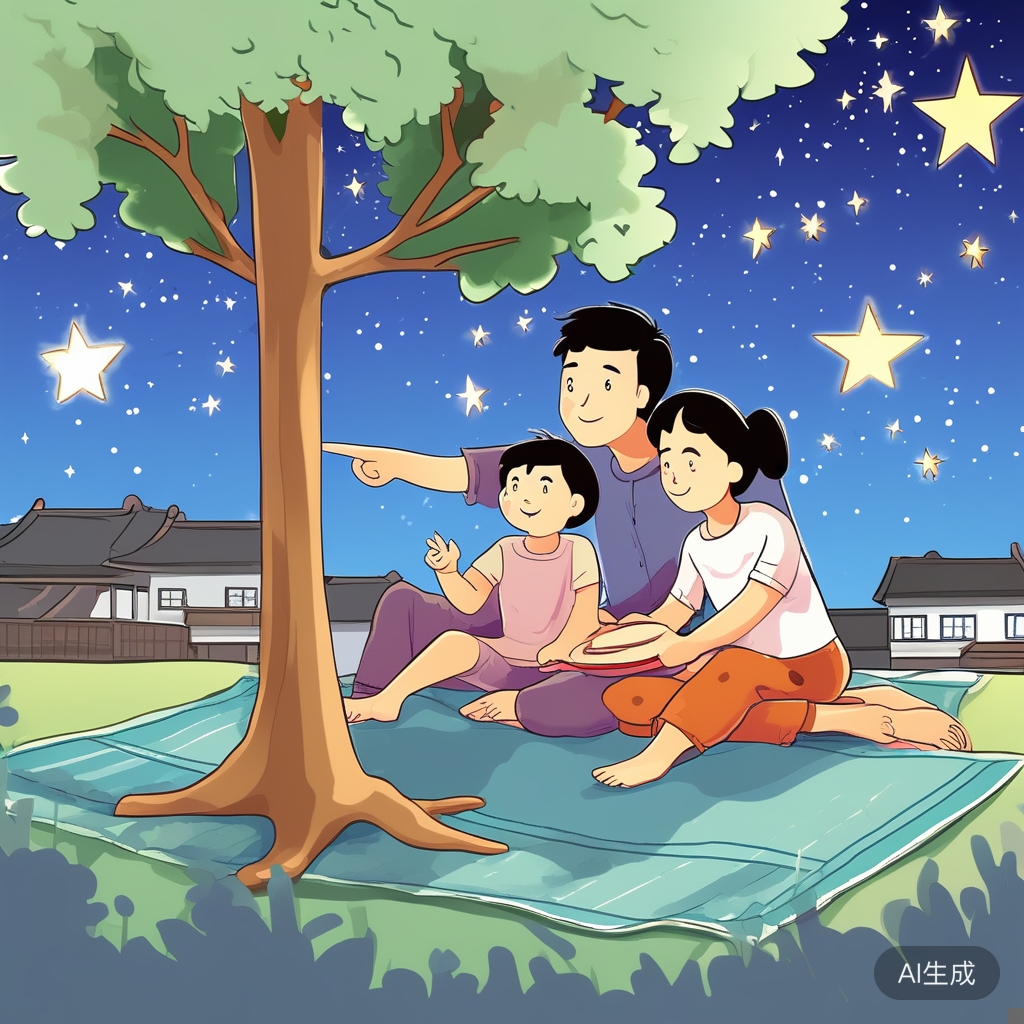Nestled in the heart of Shandong’s Heze City, specifically in the border area between Shanxian County and Jining’s Jinxiang County, sits my ancestral home. There, standing proudly with its walls weathered by time, is the old mud house I hold dear to my heart. It’s been around for over sixty years, and while its exterior shows the wear and tear of countless storms, its sturdy walls have sheltered generations of my family. The happy memories it holds feel as fresh as if they happened yesterday.
Dad tells me our mud house was built in the spring of 1957, back when it served as the bridal chamber for him and mom. back in those days, having such a house was a big deal, rumored to be the talk of the town for miles around. apparently, the entire roof of the house was purchased with over 200 yuan saved up by my great-grandfather and grandfather, who bought it from a landlord’s estate. back then, that quality of lumber was considered the height of fashionable building materials, known in the trade as "eight bricks to the top, heavy beams in place, seven apertures in the nine." It was one of the finer houses you’d find at the time, and families who lived in such homes were the envy of the village. still, even in well-off households, life wasn’t exactly luxurious; mom recalls that after she got married, the house didn’t even have much more than sweet potatoes to offer.
The foundation of the old house is made of large rectangular stones, which is why it’s managed to stand the test of time. Dad often reminisces about the great flood of 1957, when the waters rose so high they submerged the foundation stones. Just thinking about it sends a chill down my spine, but the old folks bit the bullet and endured. The house’s thick mud walls, half a meter in width, were built with a mix of and wheat chaff, layered with care and effort by hand. I remember as a kid, the method of building walls with clay was still being used. Those walls are a testament to the blood, sweat, and tears of our ancestors, providing a cozy shelter from the elements, keeping us warm in winter and cool in summer.

One of my fondest memories is of changing the New Year’s paintings every year. It was an event almost as exciting as getting new clothes. Picking out the paintings at the market, coming home to clean up, and then hanging them up neatly on the mud walls with big nails—it was all part of the joy of the season. Next to the paintings, we’d hang school certificates that mom had earned, shiny with gold seals, and it made us feel just fantastic. That’s when the real feeling of the New Year began to kick in.

The old house has three rooms—east, west, and central. In the east and west rooms, there are several wooden poles as thick as an adult’s arm, fixed to the walls on either side of the windows, running north to south. On top of these poles, there’s a woven mat made of reeds, called a ‘ceiling mat,’ where we’d store various odds and ends. I remember near the entrance, there was a hook about half a meter long where a bamboo basket would hang. During festivals and holidays, it would be filled with mom’s delicious treats like fried fish, meatballs, taro leaves, and. That storage basket was like our very own fridge. I remember, when mom wasn’t home, my brother could reach it and grab a few snacks, while my sister and I couldn’t. We’d often beg brother to let us do extra chores in exchange for more treats. Back then, there were hardly any snacks to be had; a bag of fried peanuts for two jiao was considered a real delicacy. We’d wait by the road to greet mom when she came back from the market, and those peanuts had a special flavor that I still remember. They were the best snack of our era, leaving an indelible mark on my taste buds and the taste of that lingered in my heart.
I also remember the old house housing mom’s weaving machine and cotton spinning wheel. The sound of the weaving machine during the day and the hum of the spinning wheel at night are faint memories. The cotton bedding and clothes we wore were all woven and stitched by mom’s skilled hands. I recall many a cold winter night when dad was at the commune for meetings, mom would sit by the oil lamp, spinning cotton until late. From her youth to her silver hair, the old house has witnessed her tireless efforts and dedication.
Later on, there was mom’s old sewing machine. On rainy days, she’d move it to the front of the old house where there was good light, to make clothes for the family and neighbors. When it was sunny, she’d move it back to the side so she could go work in the fields. Day in and day out, year after year, the sewing machine’s belt would break, and mom would sew it back together and keep using it. There was a saying back then: "new for three years, old for three years, mended for another three." In those times of economic hardship, we had to save on everything we used.
In front of the old house is a vegetable garden and fruit trees, and behind it stands a large catalpa tree. Next to the tree is the main road that runs through the village. As a kid, there were hardly any cars on the road at night; it was our playground. We’d play games like "sheep killing," "rope skipping," "sandbag hitting," "hide and seek," and many others right there on the road.
I remember one game we often played on the road behind the old house. We’d divide into two teams and shout together, "At the willow tree, chop big, choose anyone from your camp; at the willow tree, chop big, pick anyone from your camp." After the other team chose someone, that person would try to get back to their team. If they made it, they’d go back to their side; if not, they’d join the other team. We’d play until we were all covered in sweat, having the time of our lives. The front and back of the old house were always our forever playground.
One of the most unforgettable memories is from the hottest days of summer when dad and mom would lay out a mat under the tree in front of the house, and we’d spend the night looking up at the stars, cool and comfortable. Dad would teach us how to recognize constellations—Altair, Vega, the Big Dipper, the Morning Star, and more. These days, you don’t see as many stars in the summer night sky. Maybe it’s because of too much pollution in the atmosphere?

While we were stargazing, we didn’t need to look at the clock to know what time it was. There was an old clock above the door of the old house that dad bought when he went to Beijing. It was a trendy star clock that would chime on the hour and half-hour. The ticking sound was like beautiful music to my ears, and the clock’s mechanism, wound tight, kept ticking away, prodding us to keep moving forward. That star clock still works to this day.
Time really does fly by like grains of sand through an hourglass. Before we know it, we’re middle-aged, and the years have bent the backs of our aging parents. But the old mud house remains their cherished home. They’re not used to living in the city; they prefer the small courtyard they’ve known for decades, the chirping of birds, and the fragrance of flowers in their little garden. Even at over eighty years old, they still work hard, growing fresh vegetables for us to enjoy in spring, autumn, and summer. The vegetables they grow, without chemical fertilizers or pesticides, are the real deal—true organic food—and they taste so much better than what you get at the supermarket.
Now, the new houses in the neighborhood make the old mud house look even smaller, but every time I go back to my hometown, I still feel a deep sense of intimacy with it. The old mud house has given me so many wonderful memories. Having withstood over sixty years of wind and rain, it has welcomed the sunrise and bid farewell to the sunset every day. Though its exterior may be weathered like my parents’ bodies, it has encapsulated over half a century of joys and sorrows, and carried the dreams and hopes of five generations. The old mud house is our real home.








